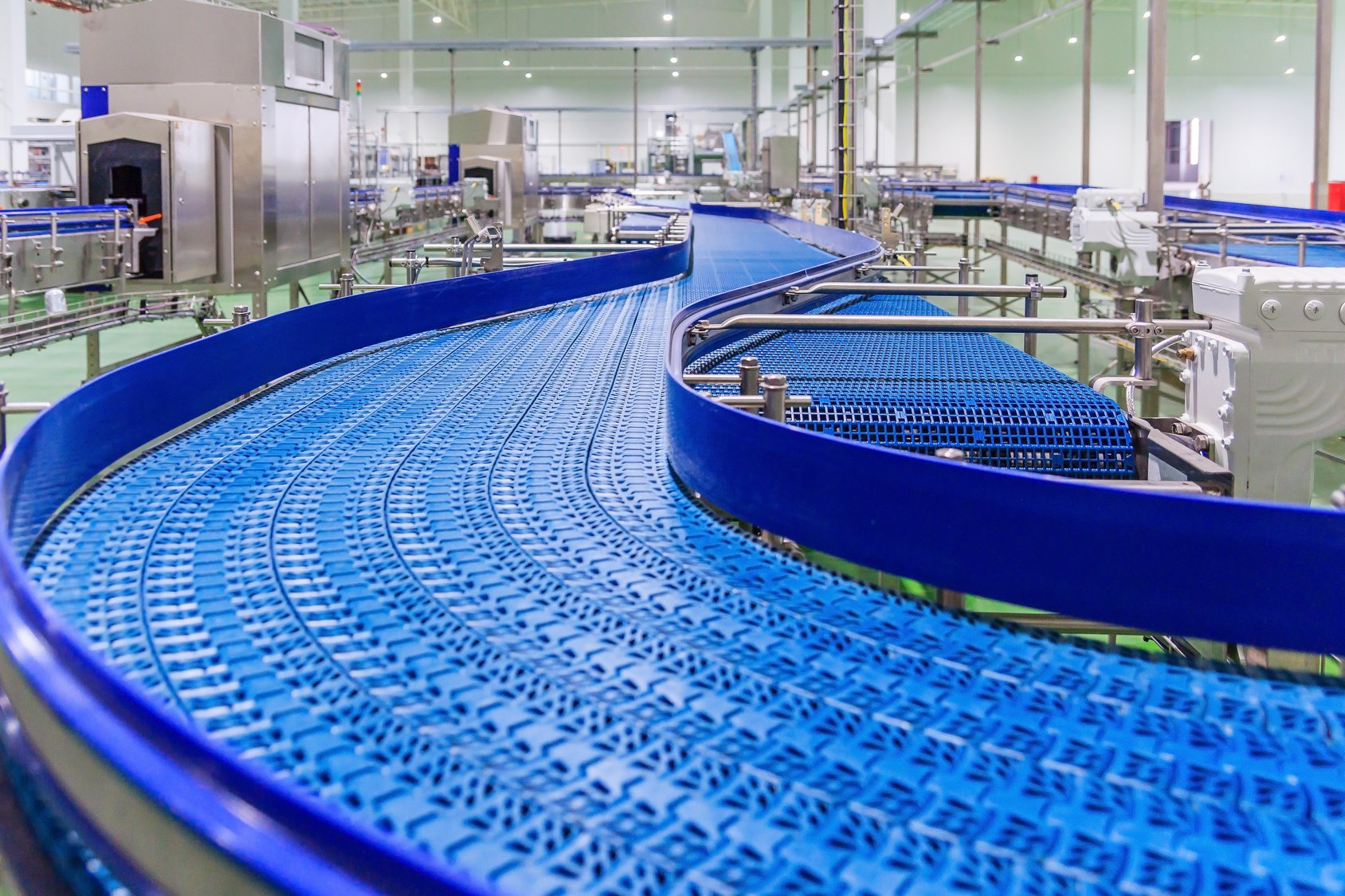Measure what you want to improve
There are many opinions as to what key performance indicators (KPIs) should be monitored at a small to medium-sized manufacturing company, but the on-time delivery (OTD) KPI is on everyone’s list. It doesn’t matter if the company is build-to-stock, a job shop, or something in-between; there are many steps in coordinating the production of a product and OTD is a nice summation of manufacturing performance. Issues with production, supply, and quality can wreak havoc on a production schedule. Whether you ship on time or ship late, the on-time delivery metric reflects what’s going right and what’s not.
The wrong way to calculate the on-time delivery (OTD) KPI
Calculating the OTD rate can and should be simple math, but too often I see companies manipulate the on-time delivery performance measurement to show themselves in the best light.
One of the manipulations is to measure from the customer’s perspective. The customer cares about the delivery date, not your ship date. The ship date is calculated by taking the delivery date and subtracting the delivery time. For example, if a customer wants a 100-piece order on Friday the 10th and shipping is three days, the order needs to ship on Tuesday the 7th. What if it ships overnight on the 9th and the customer receives it on the 10th? Count it on time! We’ll just ignore that extra shipping expense.
Another manipulation of on-time delivery metrics is using quantities to make the numbers look better. In this case, customer feelings are ignored. Let’s say a customer orders a table and six chairs. The table and four of the chairs ship on time, but two of the chairs ship late. Five out of seven items shipped as scheduled, so we score 71.4% on time for that order! Meanwhile, the customer has two guests sitting on folding chairs.
These cases highlight what can happen when the focus is on improving a KPI, regardless of the cost, especially when there isn’t a good understanding of what that KPI is measuring. Measuring the on-time KPI for both examples described above would produce a combined score of 98.1% (105 pcs shipped on time/107 pcs ordered). We’re doing really good!
The right way to do an on-time delivery calculation
You must first understand what is actually being measured. It’s not pieces, and it’s not when the customer receives the product. You are measuring your ability to do what you say you are going to do.
If you put in an order to ship on the 7th and it ships the 9th, you didn’t do what you said you would do. The expedited shipping kept the customer happy (good move), but it still shipped late. If you take an order to ship a table and six chairs, and you ship two chairs late, you didn’t do what you said you would do. That order is late. “Shipped on-time” means the entire order was sent out on the date you committed to when taking the order. Using this calculation with our examples produces an on-time KPI score of 0.0% (0 orders shipped on time/2 orders total). Quite the difference from 98.1%, but it’s accurate. A score of 98.1% indicates there isn’t a serious problem; 0.0% indicates there is. Since there is clearly a problem, 98.1% doesn’t make sense.
What is on-time delivery?On-time delivery (OTD) is a metric used to measure manufacturing performance across the entire organization. OTD shows the ability of the organization to do what you say you are going to do. When you take an order, you define a ship date. Did you ship it on or before that date? What is the on-time delivery formula?On-time delivery = (Orders shipped on time / total orders) * 100 |
Using the on-time delivery KPI the right way
The best way to use the OTD KPI is to remember the “I” in KPI stands for indicator. It is there to let you know if something needs your attention. The number is never the goal; improving the process is the goal. The KPI let’s you know what does—and doesn’t—need improvement. Look beyond the number and into what is creating the number. In the example above, the 0.0% rating may seem brutal, and your instinct may be to change the formula to make it look better, but then you are just kidding yourself. Invest your time and energy into fixing the process. As those process changes take effect, the KPI number takes care of itself.
Power BI Reporting & AnalyticsPower BI could revolutionize your business by turning your ERP data into clear insights. Want to see Power BI in action? |
Why do the numbers get skewed?
In my experience, the overwhelming majority of people want to do the right thing, they want to improve the organization they are in. So why do almost every company I’ve dealt with skew the OTD numbers to look favorable? I think there are two reasons:
- OTD delivery is viewed as a production KPI. The reality is, it’s an indication of how the entire organization is doing. Let’s say a product takes five days to produce. If an order is put in with a delivery date two days from now, is it production’s fault when it ships late? What if engineering releases the order two days before it’s scheduled to ship? Is it production’s fault it shipped late? I think it’s human nature to skew the numbers when you aren’t in control of all the inputs (I’m not going to let them make me look bad!).
- If senior management uses the KPI as a club (Your performance is awful! I have the numbers right here!), people are going to try avoiding getting hit with a club. They will skew the numbers. In this scenario, generating a “good” number – not fixing the process – is the goal. This is misguided.
Read part two of this series on how to improve your on-time delivery metrics.










